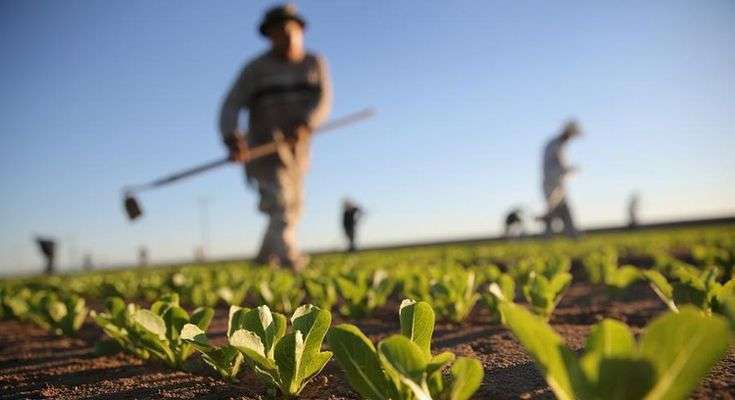A study has recommended a locally made organic fertilizer, ‘Organic Farming Aid (OFA),’ to Farmers as it has great potential to improve the yields of three staple crops.
The study revealed that using OFA (a liquid wood vinegar), whether on its own or combined with inorganic fertilizer such as NPK, would allow farmers to reap high yields and maximum value in cultivating maize cowpea, and groundnut.
According to the study, the OFA fertilizer is cost-effective and more efficient in boosting farmers’ productivity than inorganic fertilizers.
“Smallholder farmers with one-hectare farms could invest about GH¢55 in the liquid fertilizer, which costs far less than NPK, to increase their profits three-fold, from GH₵1,000 to GH₵3,000 in a growing season,” the report disclosed.
The study revealed that OFA’s impact on the three staple crops was tremendous compared to synthetic fertilizers. OFA has protective properties in managing aflatoxin contamination in groundnut and its ability to control cowpea pests compared to synthetic insecticides, the study revealed.
The research was carried out at the research fields of the Savannah Agricultural Research Institute (SARI) of the Centre for Scientific and Industrial Research (CSIR) at Nyankpala in Tamale.

OFA gives higher revenue benefits
The study’s findings pointed out that standard synthetic fertilizer (NPK) cost is four times higher than it was two years ago, with even subsidized NPK now selling at GH₵320 a bag and around GH₵400 at the market prices.
“Both OFA and NPK gave revenue benefits from increased yield greater than their costs. The highest profit per hectare was from OFA plus 50 percent NPK, while the highest revenue-to-cost ratio (most efficient investment) was from OFA. The substantial increase in profitability seen in these trials from the use of OFA, either on its own or in combination with 50 percent NPK, supports recommending OFA to maize farmers for yield enhancement, in combination with NPK or on its own”.
CSRI-SARI report
The study further pinpointed that irrespective of the frequency of application of OFA to maize, either two or three times, the highest economic returns were achieved when 100 percent OFA plus 50 percent NPK was applied.
The study further recommended to farmers that for the best economic returns, applying 100 percent OFA plus 50 percent NPK two times to maize could be recommended.
Field trials on the three staples
The study used five trial fields: a control plot that did not receive any fertilizer or OFA, an OFA-only recommended field, an NPK-only recommended field, a field for equal application of OFA and NPK, and a 100 percent OFA + 50 percent NPK field.
Another experiment was carried out to determine the effect of OFA on aflatoxin concentration and groundnut productivity. Another experiment was conducted to assess the effect of different OFA and synthetic insecticide rates on cowpea pests and productivity.
From the farmer field days, the study stated most farmers selected plots treated with 100 percent OFA plus 50 percent NPK. “The substantial increase in yield seen in these trials from the use of OFA, either on its own or in combination with 50 percent NPK or insecticides rates, made the farmers choose the OFA demonstration field to the other fields with synthetic fertilizers or insecticides only, the report revealed
OFA has won the admiration of farmers. Some agri-stakeholders have expressed higher hopes that OFA has come to stay and would solve Ghana’s fertilizer challenges.
READ ALSO: State Owned Enterprises Not Attractive to be Listed on Stock Exchange now- Minister




















